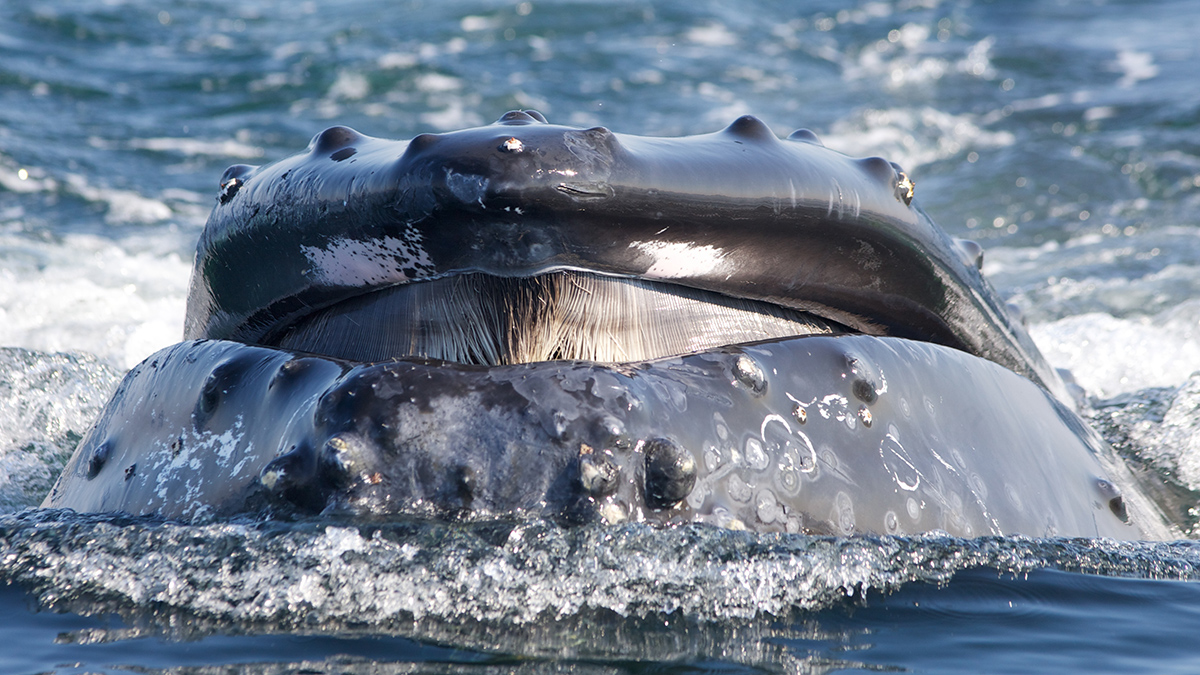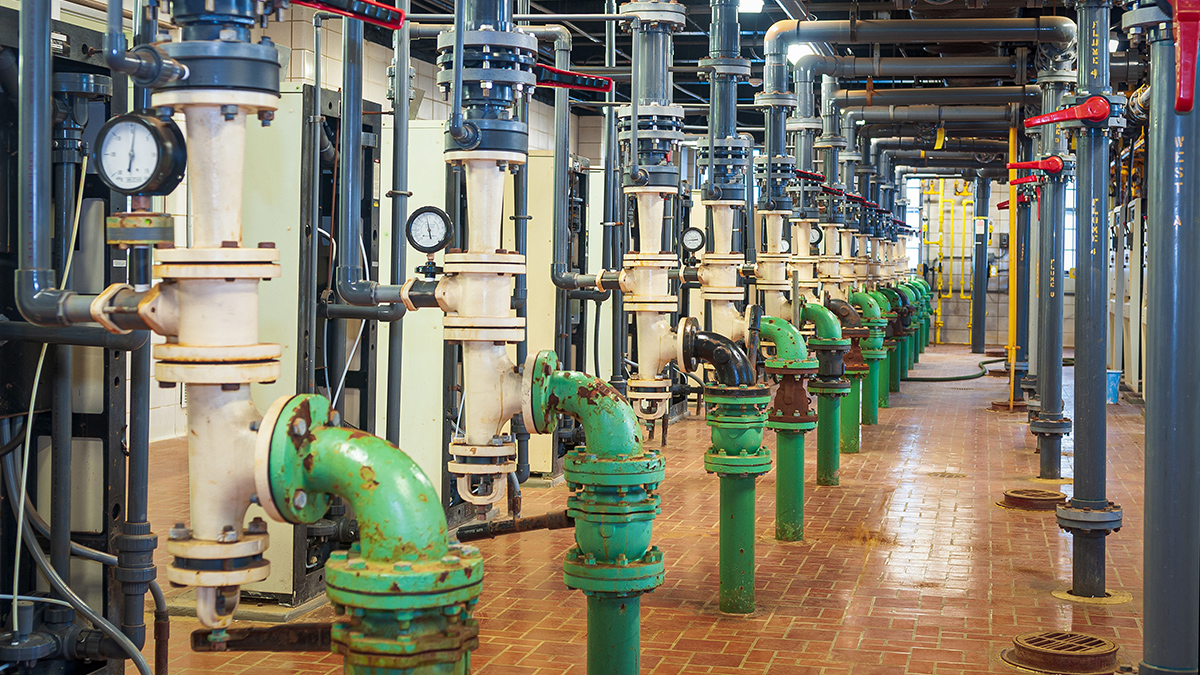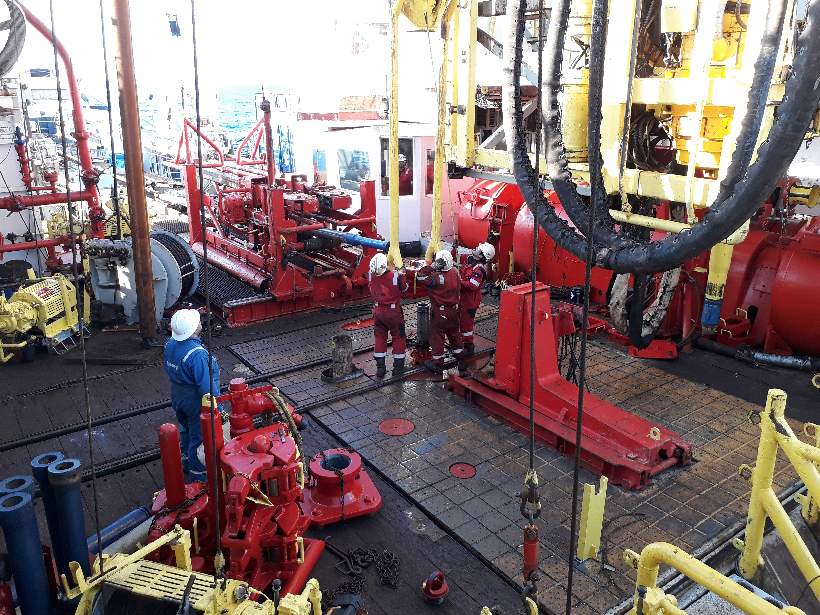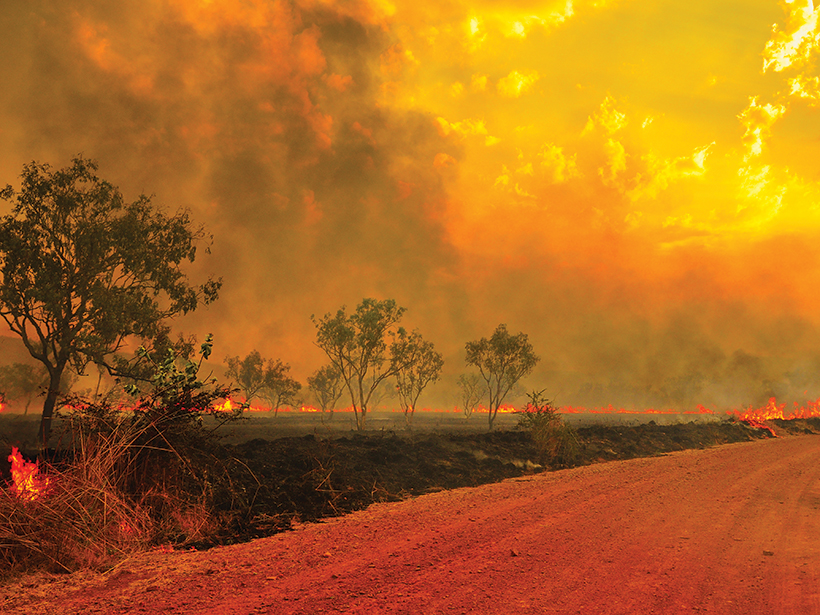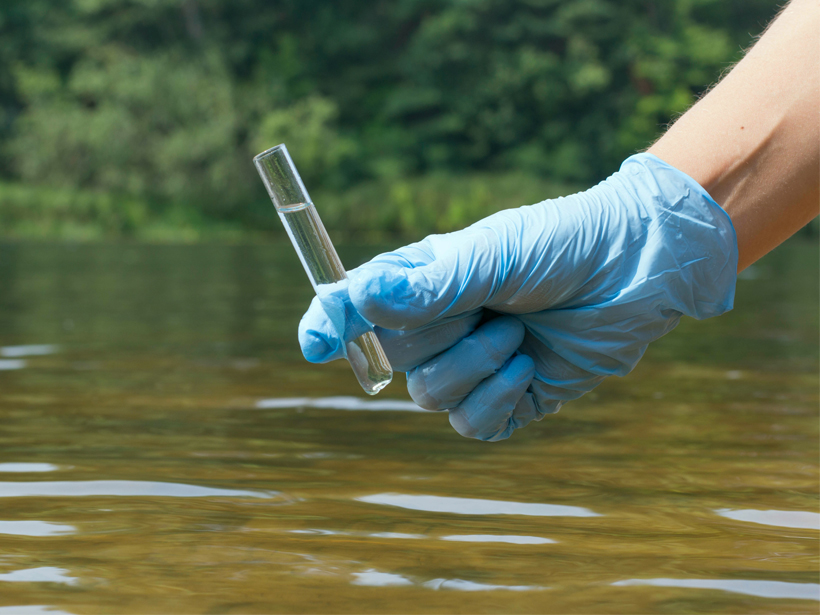Baleen whales shift huge amounts of nutrients, including nitrogen, from high-latitude feeding waters to tropical breeding areas.
Adityarup Chakravorty
Adityarup Chakravorty is a freelance science writer based in Madison, Wis. His interests span a wide variety of topics, from Earth sciences to molecular biology. He has written for Eos, Earth magazine, and Hakai Magazine among others. He is also a postdoctoral researcher at the University of Wisconsin-Madison, where he is exploring how some human herpesviruses cause cancers (and how to stop them).
Unregulated Industrial Contaminants Detected in Some U.S. Drinking Water
Communities of color are more likely to have higher levels of these contaminants in their drinking water.
Hungry Stingrays Shift Serious Amounts of Sediment
While digging for food on estuary bottoms, rays push around literally tons of sediment, changing their habitat in profound ways.
Scientists Gain a New Tool to Listen for Nuclear Explosions
Mathematics and computer modeling help scientists tell natural earthquakes from nuclear tests.
Harpy Eagles Concentrate Precious Nutrients in the Amazon
Amazon soils are usually low in the nutrients that plants covet, but harpy eagles can create local hot spots with their poop and prey.
Peeking at Peatlands: Satellite Data Fuel New Findings
Researchers are combining hard-to-get field measurements with satellite imagery to gain new insight into where peatlands are and how they work.
Getting to the Bottom of Slow-Motion Earthquakes
For close to 20 years, slow-motion earthquakes have been an enigma. Core samples provide new clues to their origins.
Firing Up Climate Models
Scientists are working to incorporate wildfire data into climate models, resolving hindrances related to scale, speed, and the complex feedbacks between the climate and wildfire emissions.
Modeling How Groundwater Pumping Will Affect Aquatic Ecosystems
Regions with dry climates and heavy agricultural industries may be the most hard-hit.
Underground Robots: How Robotics Is Changing the Mining Industry
From exploring flooded sites to providing alerts, use of robotics aims to “increase the arsenal of tools that can help miners work more safely and efficiently.”

